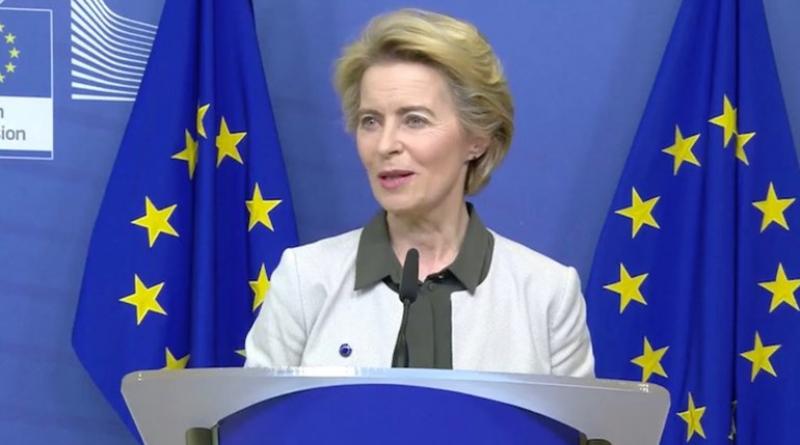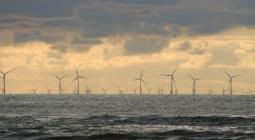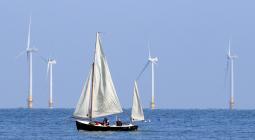Offshore wind key component of EU Green Deal.

Commission says regional cooperation can help deliver the increased production needed to help meet climate goals.
Increasing offshore wind production through regional cooperation between member states will be an essential part of delivering the EU Green Deal's goal of a clean, affordable and secure energy supply.
A strategy for offshore wind will be delivered by the Commission next year as part of the Green Deal, which was unveiled today in Brussels by European Commission president Ursula von der Leyen.
The European Green Deal sets out a growth strategy for the region so that it has no net emissions of greenhouse gases by 2050 and economic growth is decoupled from resource use.
The key role of offshore wind and renewable energy were highlighted in the document, which said the smart integration of renewables, energy efficiency and other sustainable solutions across sectors will help to achieve decarbonisation at the lowest possible cost.
The Commission will present by mid-2020 measures to help achieve such smart integration.
An EU industrial strategy will adopted in 2020 to address the twin challenge of the green and the digital transformation, the document added.
The Commission will also assess member states' revised energy and climate plans, due to be submitted by the end of the year, and will outline any need for additional measures if the level of ambition is not considered high enough by June next year.
The assessment will feed into the process for increasing climate ambition for 2030, the Commission will review and propose to revise, where necessary, the relevant energy legislation by June 2021.
“When member states begin updating their national energy and climate plans in 2023, they should reflect the new climate ambition,” the green deal document said.
The Commission will also take forward the work on the Clean Energy for EU Islands Initiative to develop a long-term framework to accelerate the clean energy transition on all EU islands.
Climate neutrality will also require smart infrastructure, which increased cross-border and regional cooperation will help achieve.
The regulatory framework for energy infrastructure, including the TEN-E Regulation12, will need to be reviewed to ensure consistency with the climate neutrality objective, the Commission said.
“This framework should foster the deployment of innovative technologies and infrastructure, such as smart grids, hydrogen networks or carbon capture, storage and utilisation, energy storage, also enabling sector integration,” the document said.
The Commission will propose the region's first climate law by March 2020, which will enshrine the 2050 climate neutrality objective in legislation.
“The Climate Law will also ensure that all EU policies contribute to the climate neutrality objective and that all sectors play their part,” the Commission said.
It will also review and propose revisions where necessary to all relevant climate-related policy, such as the EU Emissions Trading Scheme.
The German renewable energy federation BEE said the European Green Deal send an important signal from Brussels to the member states that a cross-sectoral energy transition is at the centre of its policy that will not wait for national governments.
But BEE president Simone Peter called for 2020 EU legislation to have a more ambitious timetable to accelerate the energy transition in order to meet the 2050 climate neutrality goal.
She also called for measures that would drive 100% renewable energy supply.
“The expansion of wind energy and photovoltaics is a necessary prerequisite and must therefore be made much easier,” Peters said.
11 December 2019
reNEWS.BIZ




